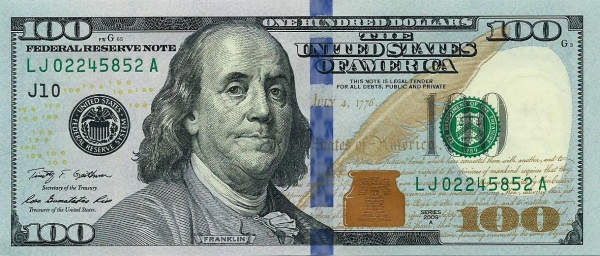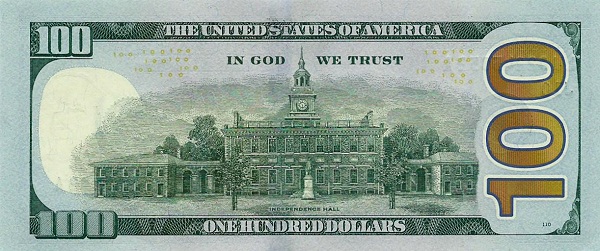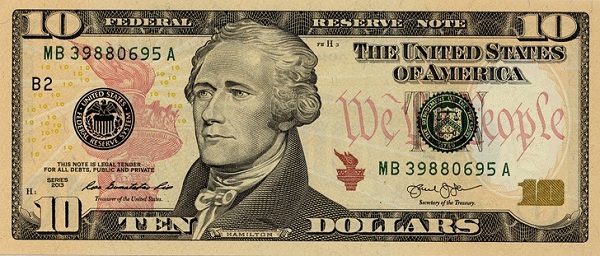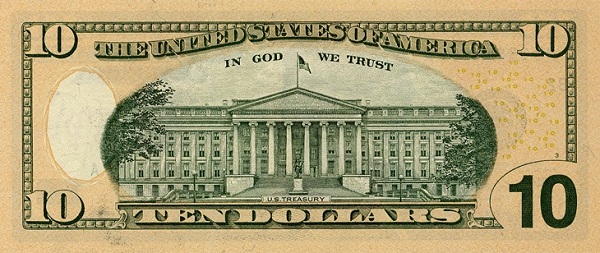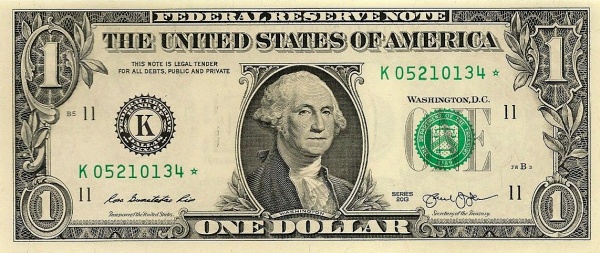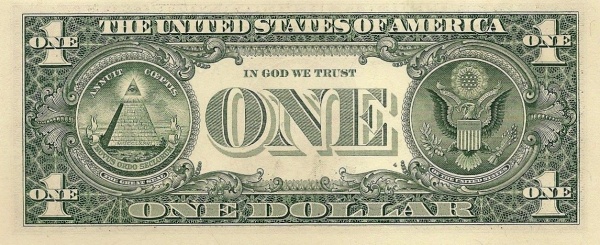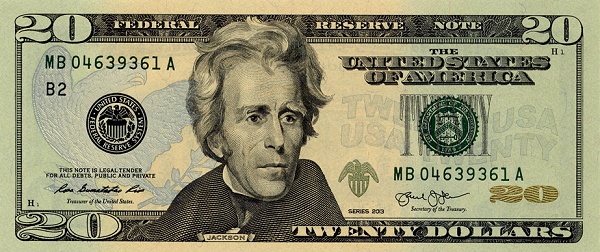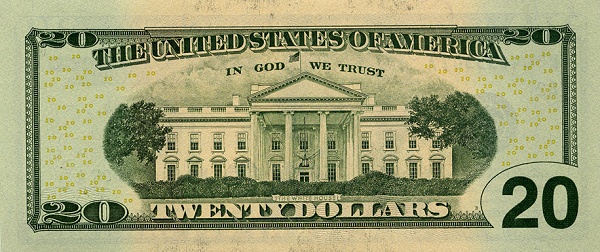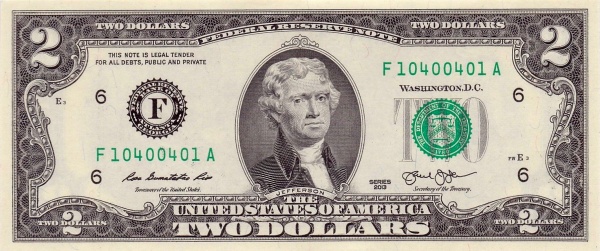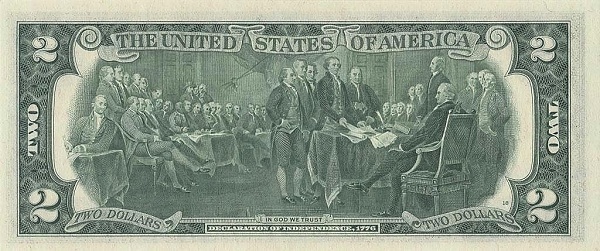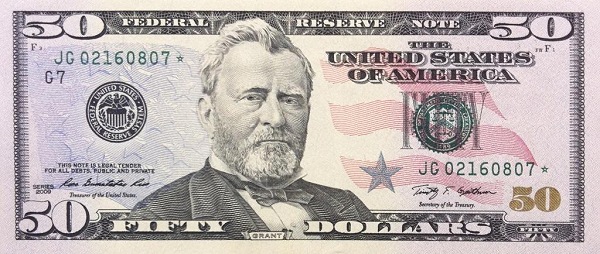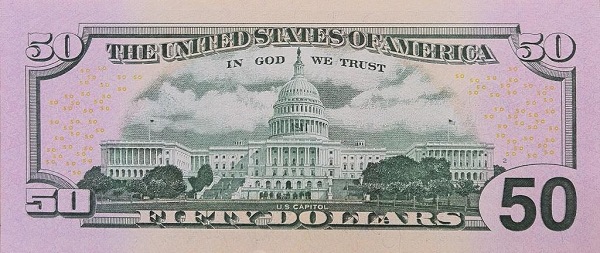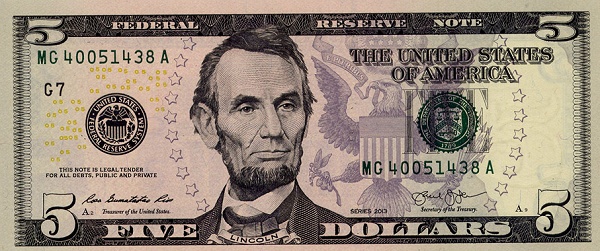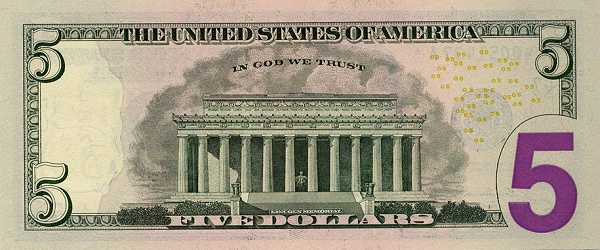Exploring the Wonders of Palau
Welcome to the captivating nation of Palau, often referred to by its traditional name, Belau. This stunning archipelago gained its independence as a republic in 1990, previously operating under the auspices of the United States as part of the Pacific Islands Trust Territory. Nestled in the heart of the Western Caroline Islands, Palau boasts a vibrant population of around 20,000 residents spread across a remarkable 250 islands, offering a rich tapestry of culture and history.
Geographical Marvel of Palau
Palau's geographical layout is simply spectacular. This remarkable nation comprises 20 major islands, with Babeldaob being the largest, and 566 smaller islets that create a unique landscape. Situated approximately 700 kilometers east of the Philippines, this island nation claims a strategic position on the Kyushu-Palau Ridge. Covering an area of 395.06 km² (about 152.53 sq. mi), Palau's narrative continues with the capital city, Ngerulmud, located in Melekeok state, which underscores its significance in the archipelago.
A Brief Historical Overview
History paints an intriguing picture for Palau. After 47 years of transition under the UN Trust Territory of the Pacific Islands, the people of Palau ultimately chose independence in 1978. Interestingly, rather than joining the Federated States of Micronesia, they opted for a distinct path. Following a Compact of Free Association with the United States approved in 1986, Palau affirmed its sovereignty when the agreement was ratified in 1993, with the nation officially gaining independence in 1994.
Political Structure
Palau operates under a constitutional government in close association with the United States. Since 1981, the territory has maintained a degree of internal self-governance. However, it achieved full independence in 1994 as the Compact of Free Association went into effect, paving the way for a unique blend of local governance and international support from the United States.
Geography and Climate
The diverse geography of Palau contributes to its allure. It features a mountainous volcanic main island, surrounded by an array of smaller, picturesque coral islands. This tropical paradise enjoys a climate characterized by hot and humid conditions, with a wet season extending from May to November. Those who visit Palau will find pristine beaches, lush forests, and an abundance of marine biodiversity, making it a preferred destination for eco-tourism enthusiasts.
The People of Palau
The Palauan people are a vibrant blend of cultural influences. As a Micronesian population with notable Malayan and Melanesian elements, they carry a rich heritage forward. Palauans take pride in their identity, and their nationality carries significant meaning. With a literacy rate standing at 92%, education plays an essential role in empowering the population. The primary languages spoken are English, which is the official language across all 16 states, and Palauan, reflecting the unique cultural landscape of the islands.
Cultural Landscape and Religion
Religion flourishes in Palau, and its inhabitants practice a mix of beliefs. The predominant faiths include Roman Catholicism and Protestantism, alongside Modekngei, an indigenous Palauan belief system that illustrates the island's cultural roots and spiritual depth. Festivals, traditional ceremonies, and community events reflect these diverse spiritual practices and foster a shared sense of identity among the people.
Economy and Natural Resources
The economy of Palau thrives on its rich resources. The nation utilizes its forests and mineral wealth creatively, promoting sustainable practices. Marine products are pivotal to both the economy and the local diet. Notably, the tourism industry flourishes thanks to Palau's breathtaking landscapes and vibrant coral reefs. Visitors flock to experience the underwater wonders and engage in various outdoor activities, while crafts made from shells, pearls, and wood also find their way into the economy.
Agriculture and Exports
While tourism remains a cornerstone of the economy, Palau also engages in agriculture. Key products include coconuts, copra, cassava (also known as tapioca), and sweet potatoes, all of which contribute to food security and local livelihoods. Such agricultural endeavors complement the export of shellfish, tuna, copra, and garments, showcasing the variety of products that Palau offers to the global market.
Connecting with Neighboring Nations
Palau shares regional links with neighboring countries within Micronesia, fostering a sense of community amongst the islands. The Federated States of Micronesia, Guam, Kiribati, Marshall Islands, Nauru, and the Northern Mariana Islands all share cultural and historical ties. These connections, along with Palau's distinct heritage, highlight the nation's position within the broader Pacific context.
The Unique Beauty of Palau
Beyond its economic significance, Palau captivates visitors with its natural beauty. The pristine waters teem with diverse marine life, exhilarating divers and snorkelers alike. Additionally, the Rock Islands, a UNESCO World Heritage site, stand as a testament to Palau's commitment to environmental preservation, showcasing awe-inspiring landscapes and ecosystems. Adventurers and nature lovers alike will find delight amidst the islands' unique geography and vibrant culture.
Palau: A Land of Diversity and Discovery
In conclusion, Palau offers a rich tapestry of historical significance, cultural diversity, and breathtaking natural beauty. From its remarkable population to its vibrant economy, this island nation continues to thrive in various aspects. Embrace the spirit of adventure and explore the wonders that Palau has to offer, and you will undoubtedly leave with memories that last a lifetime.
Largest cities of: Palau
| City Name | Population | Year of foundation | |
| Ngerulmud | 400 | 2006 | |
| Koror | 16,600 | circa 1840 | |
| Airai | 2,500 | Pre-1800 | |
| Melekeok | 274 | 2000 |
Palau: Money
